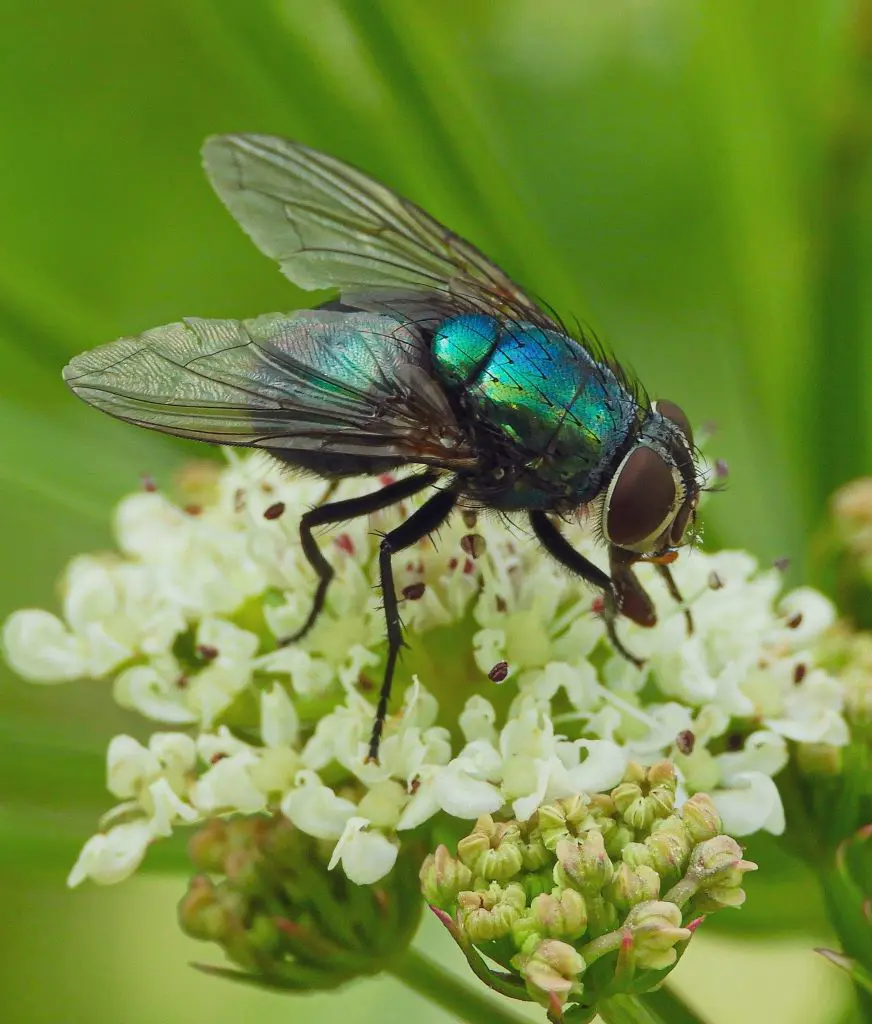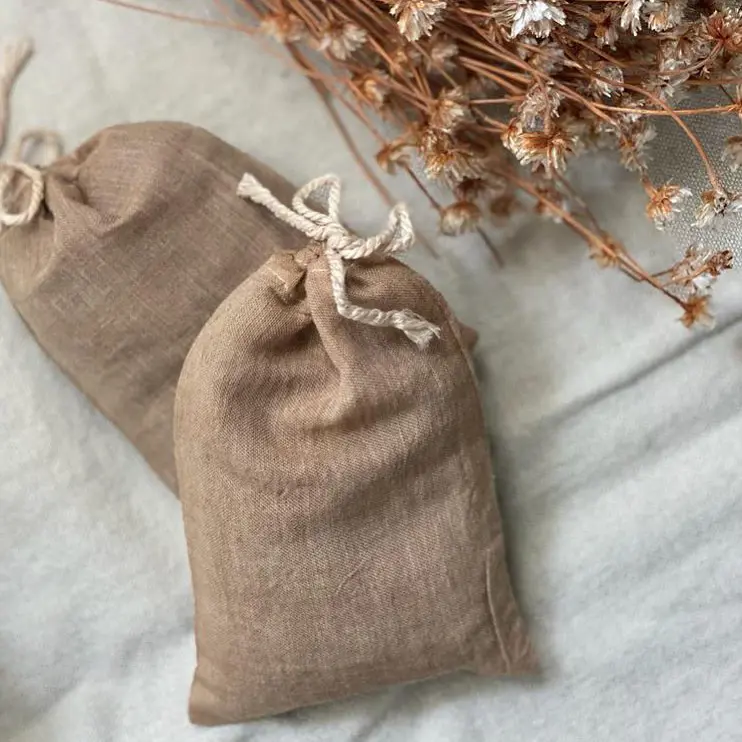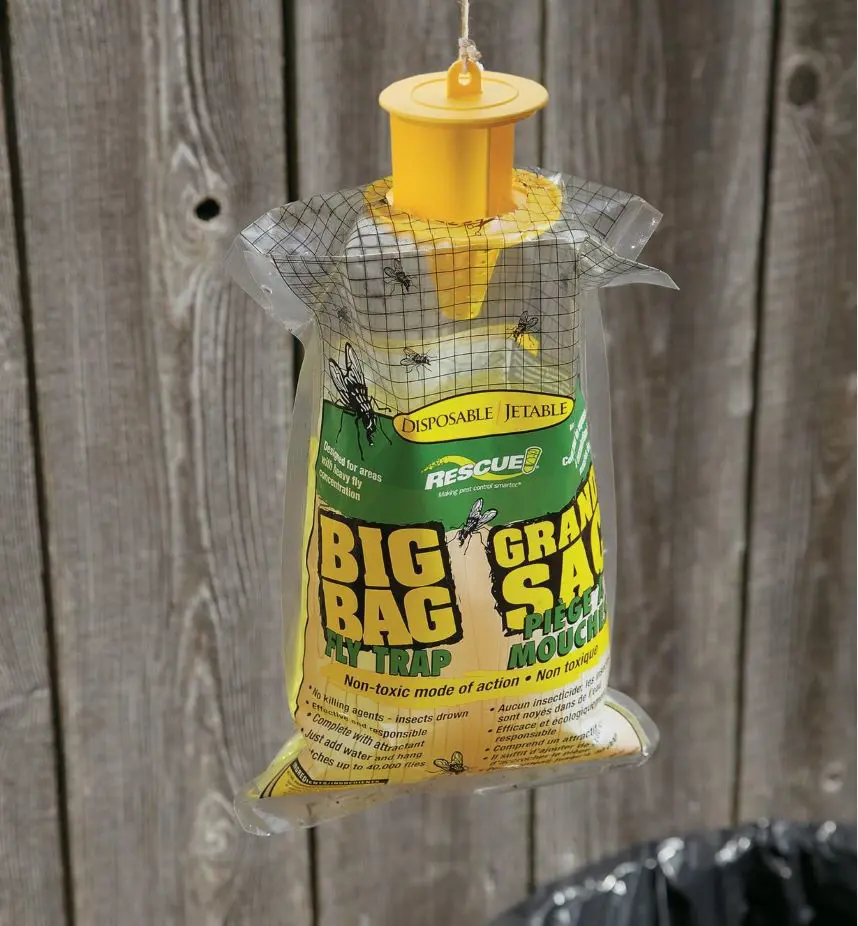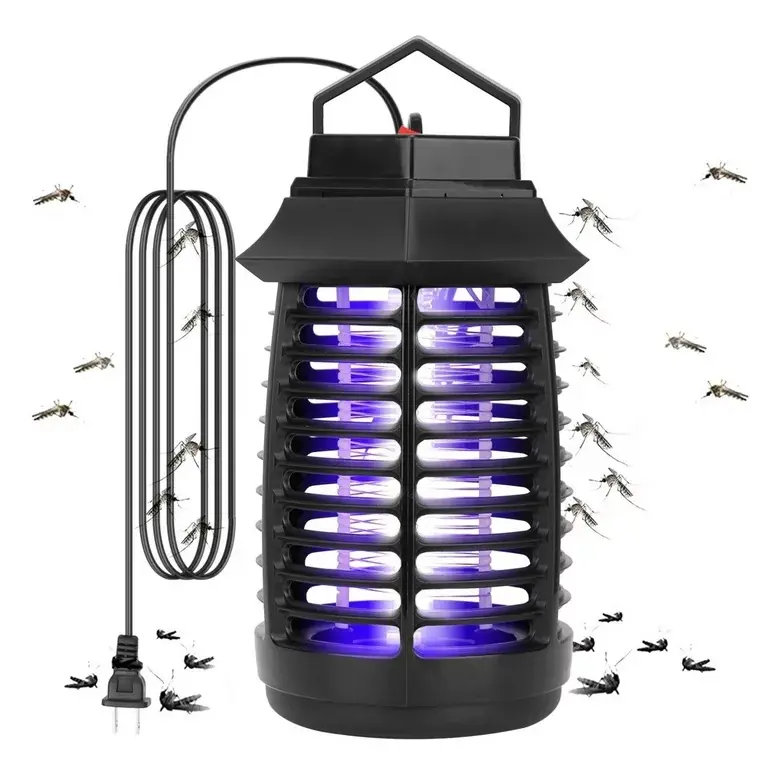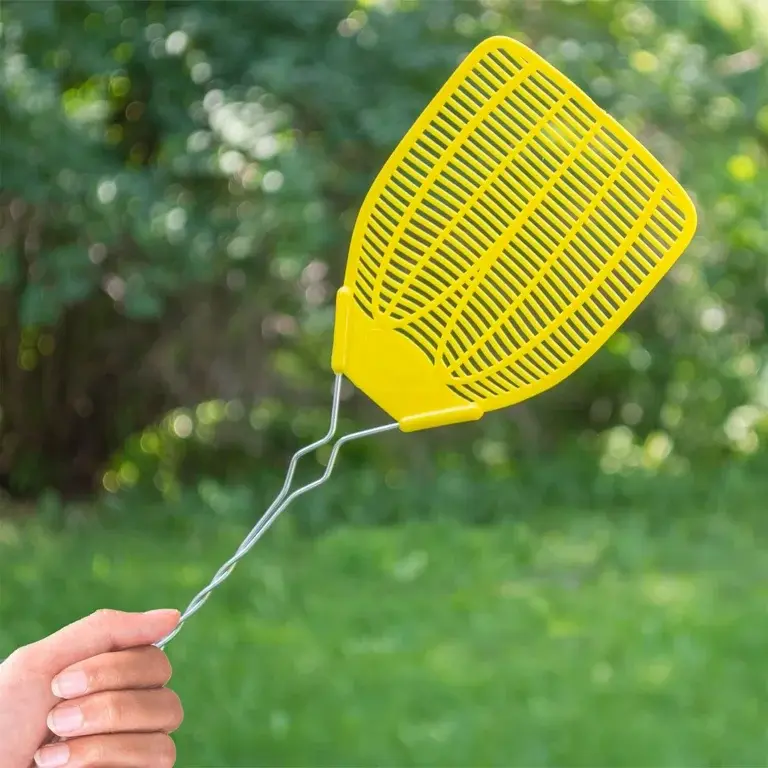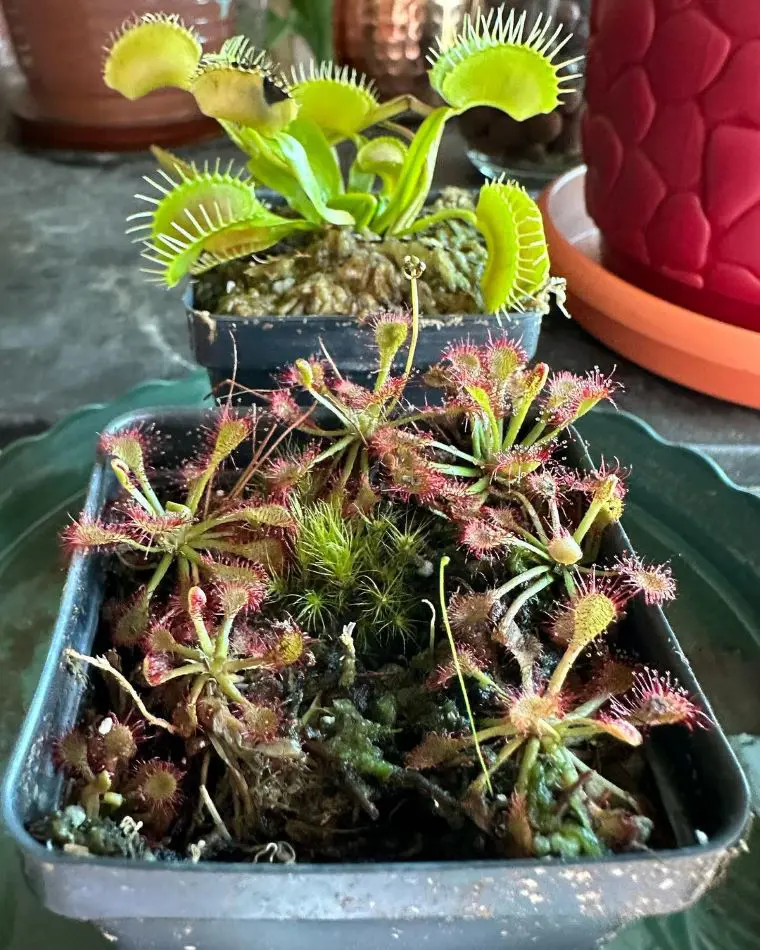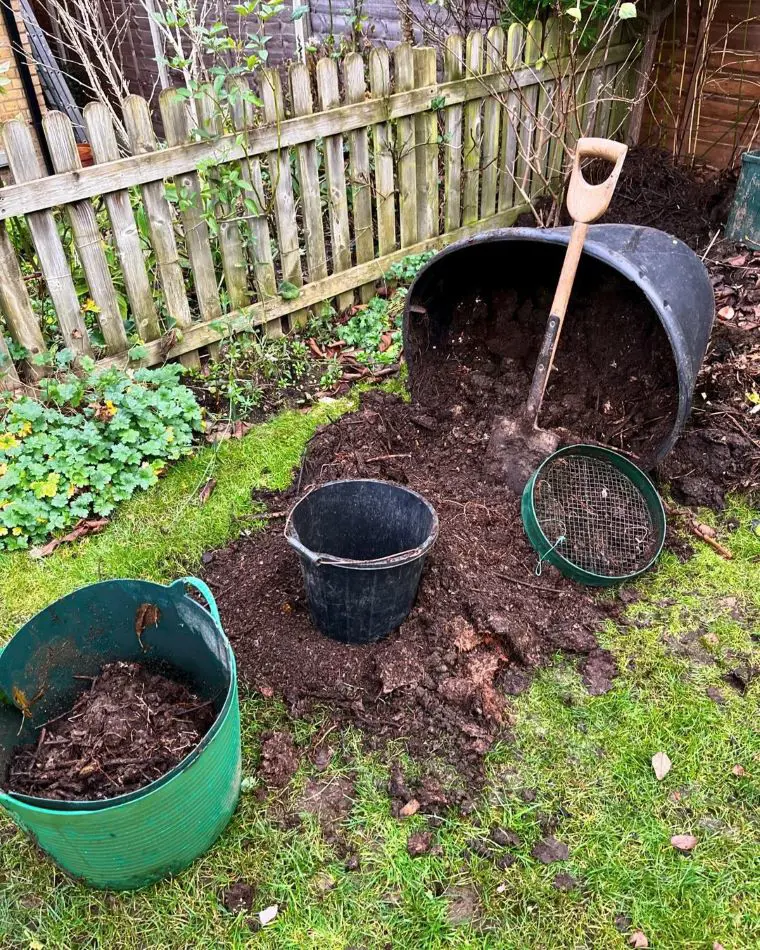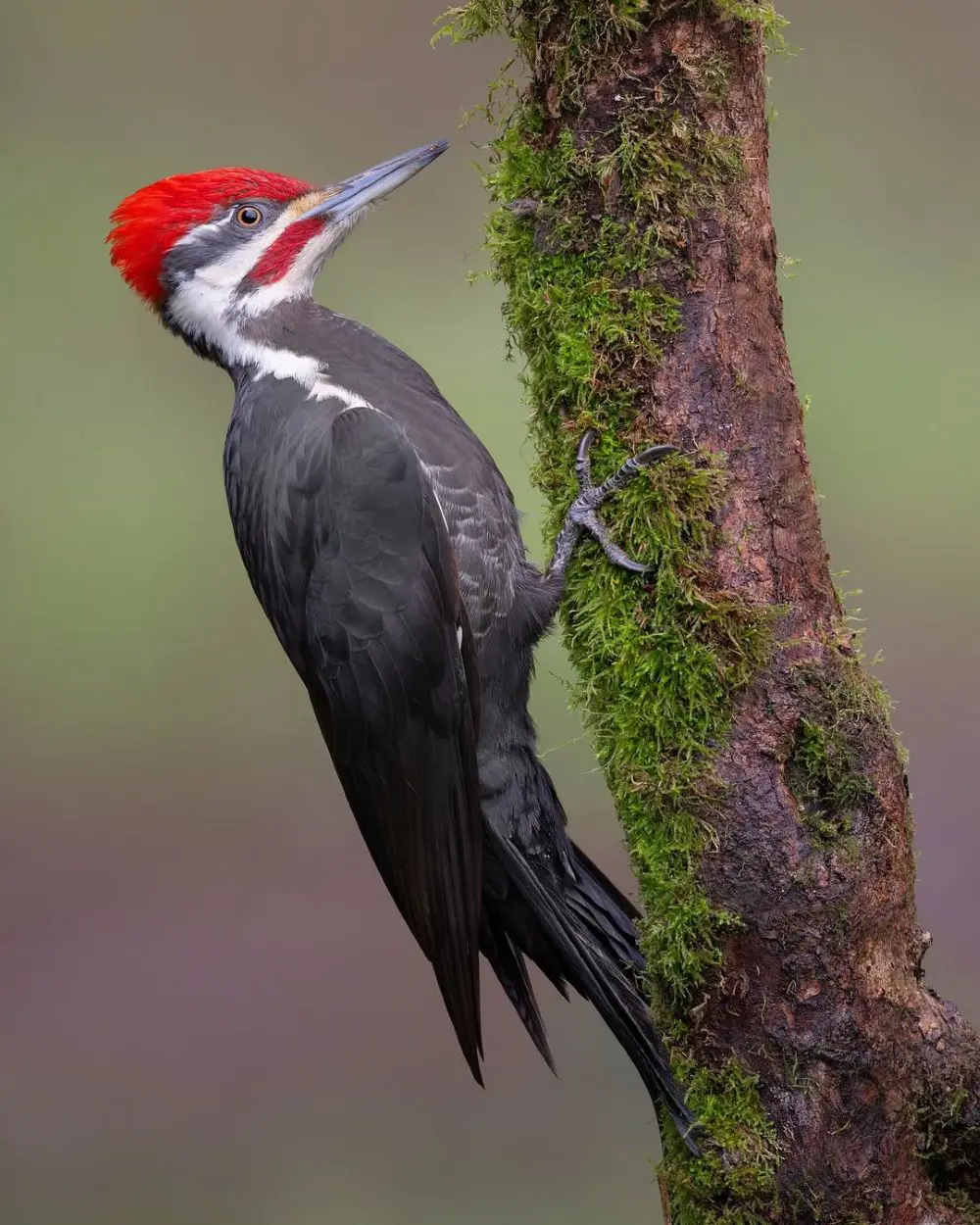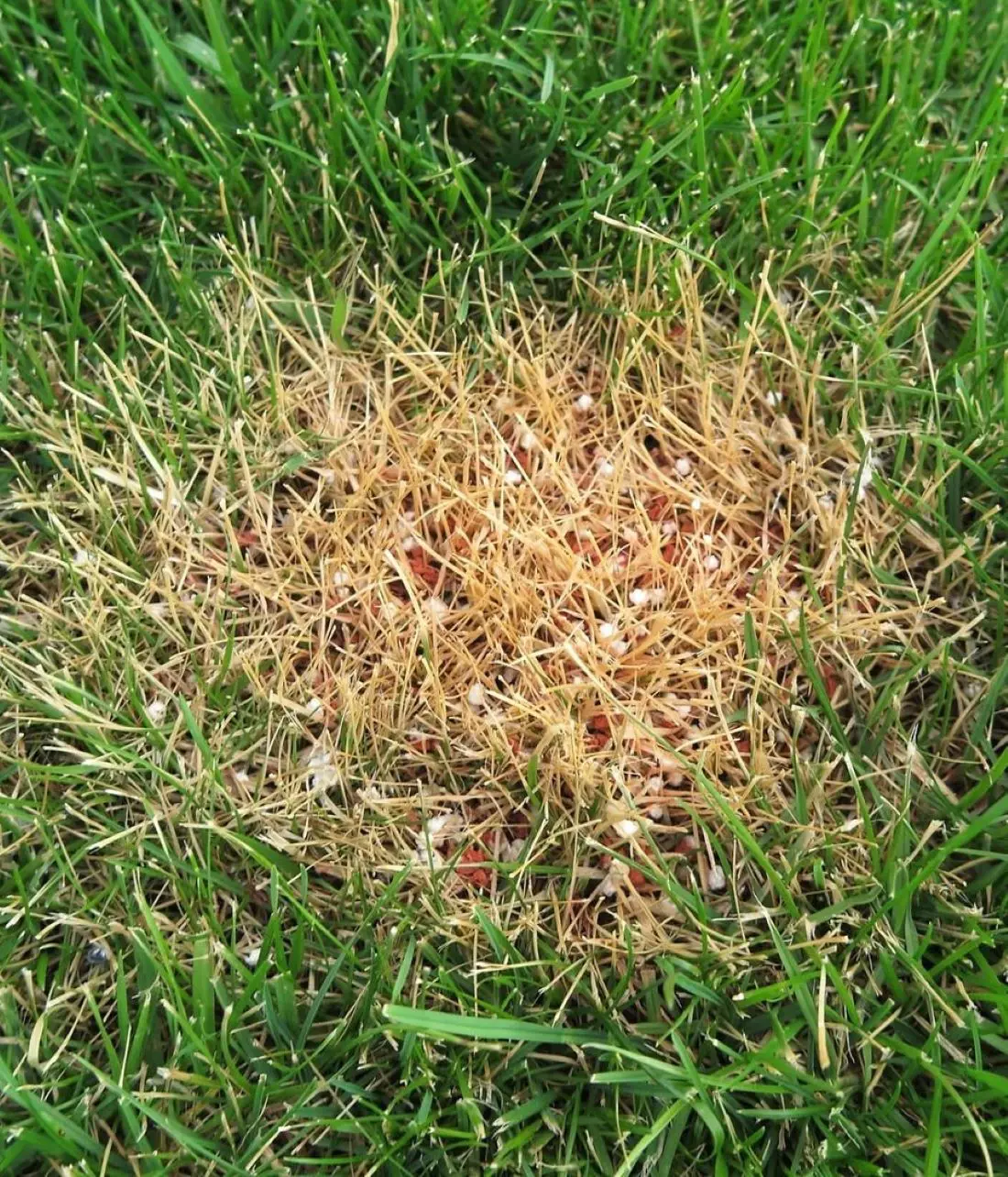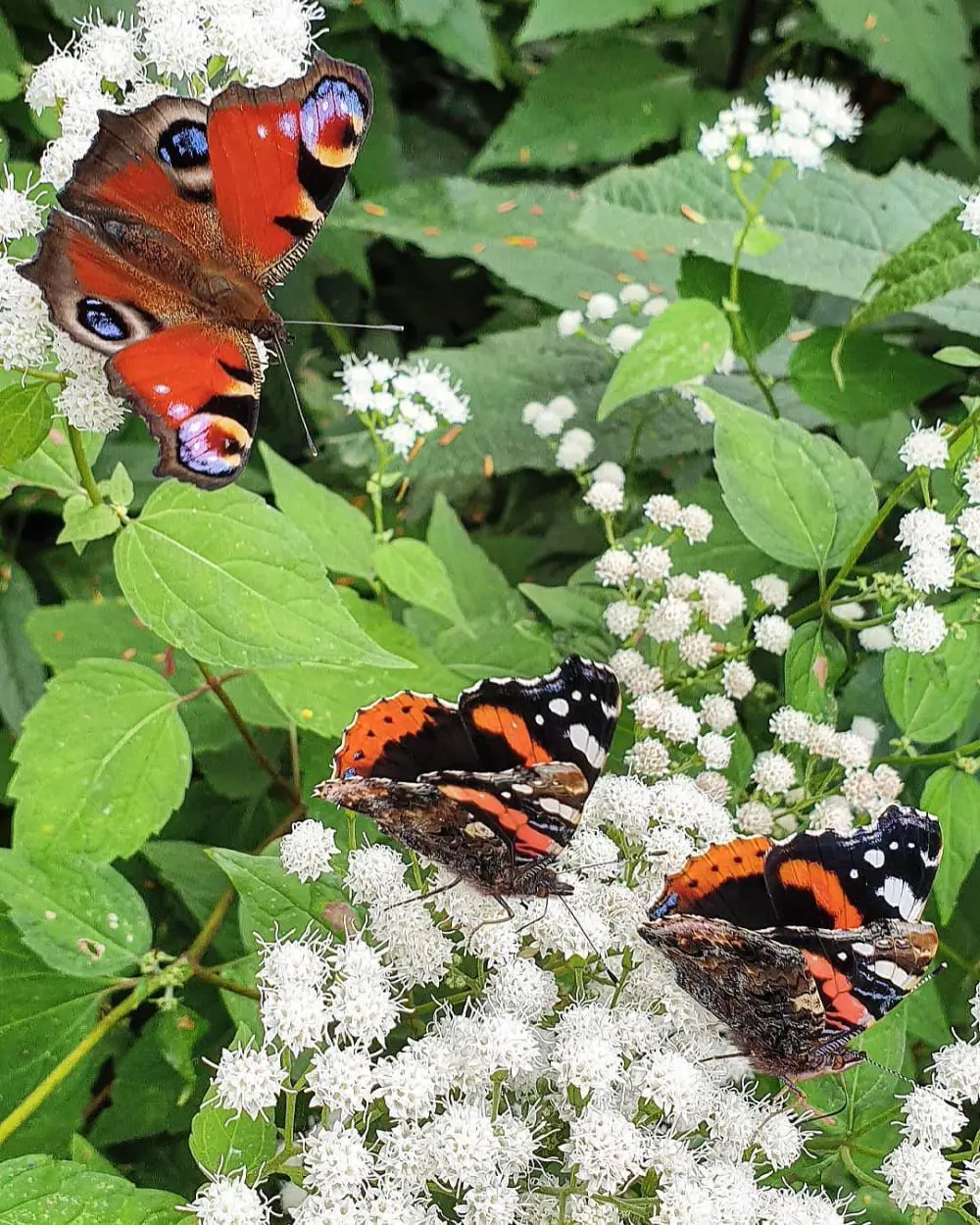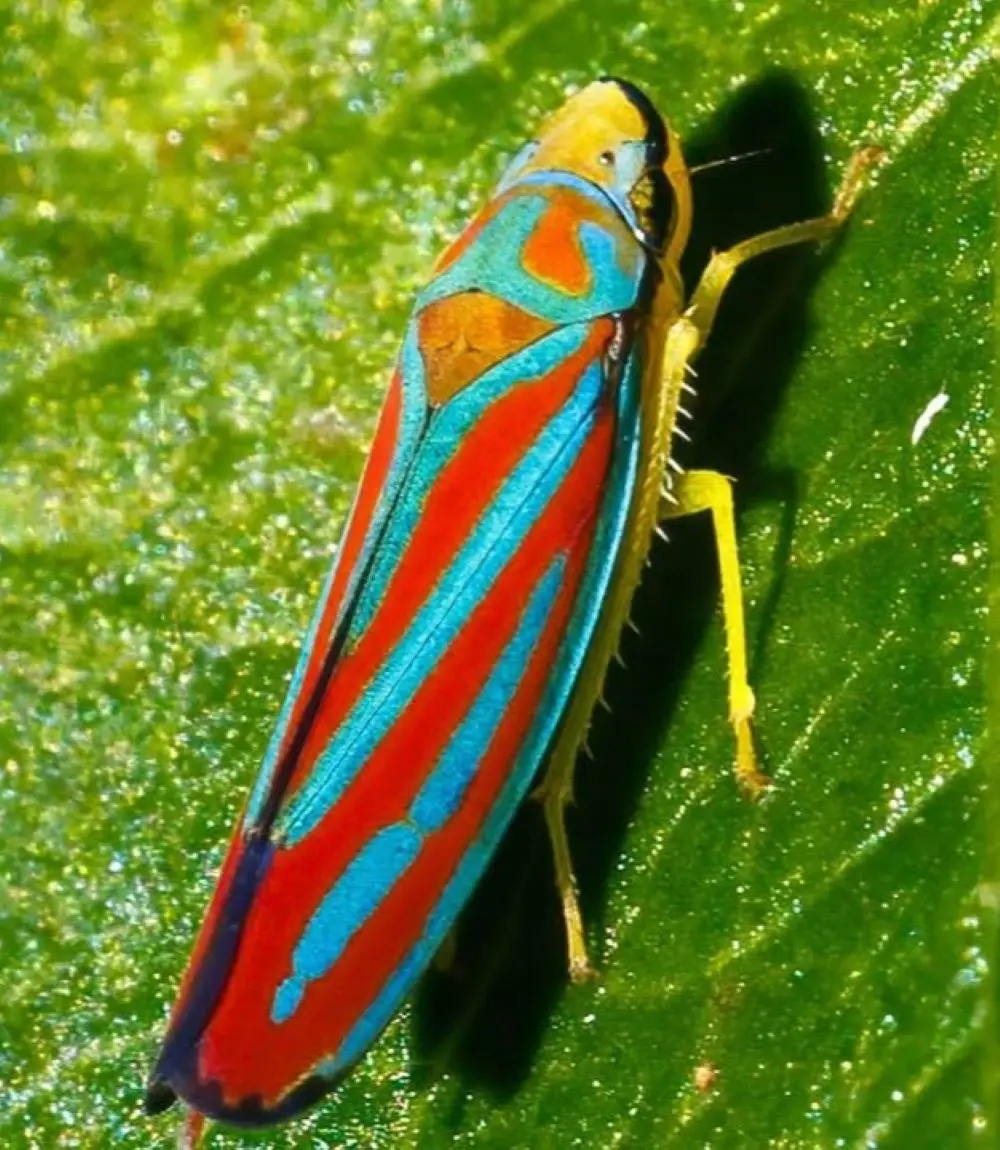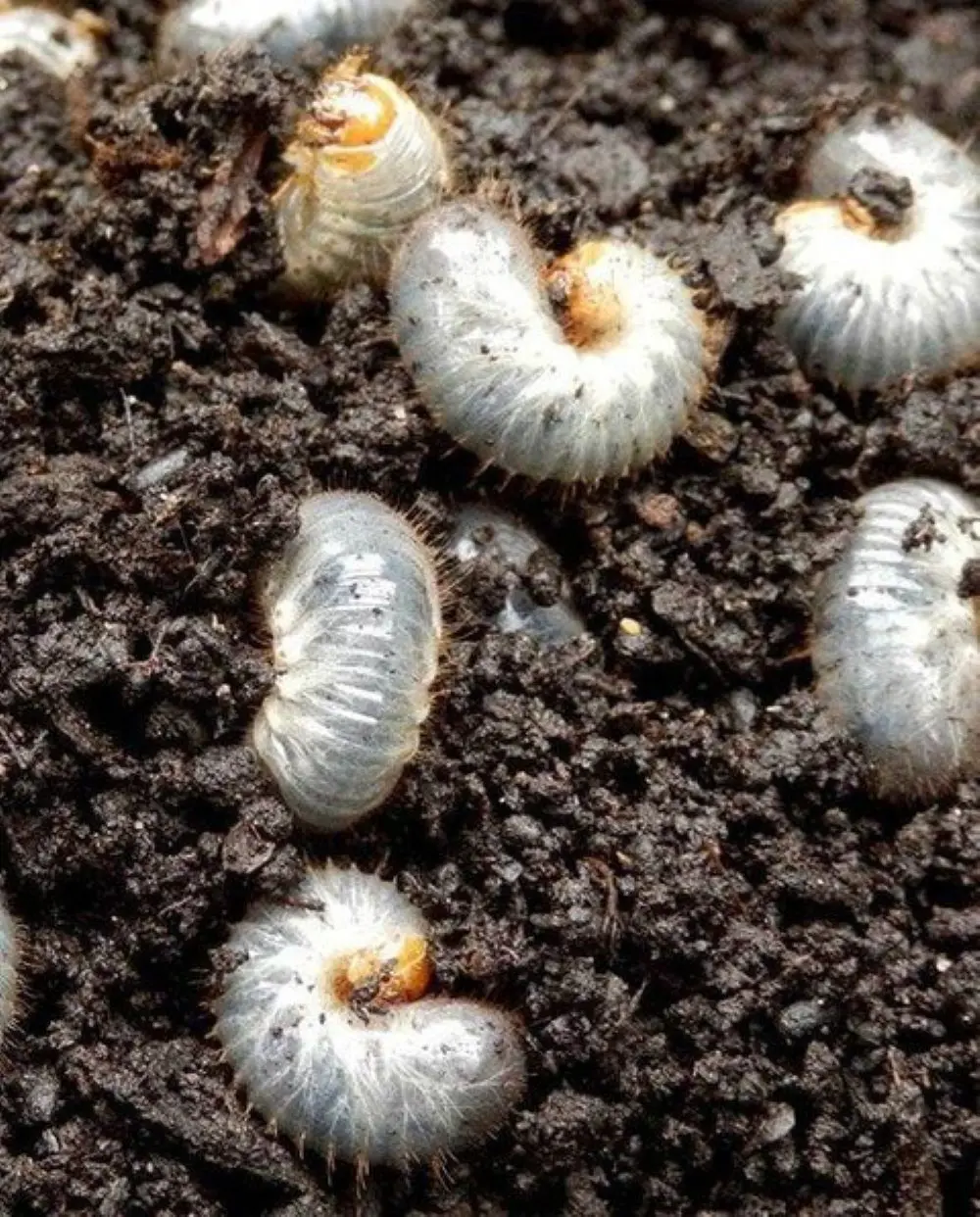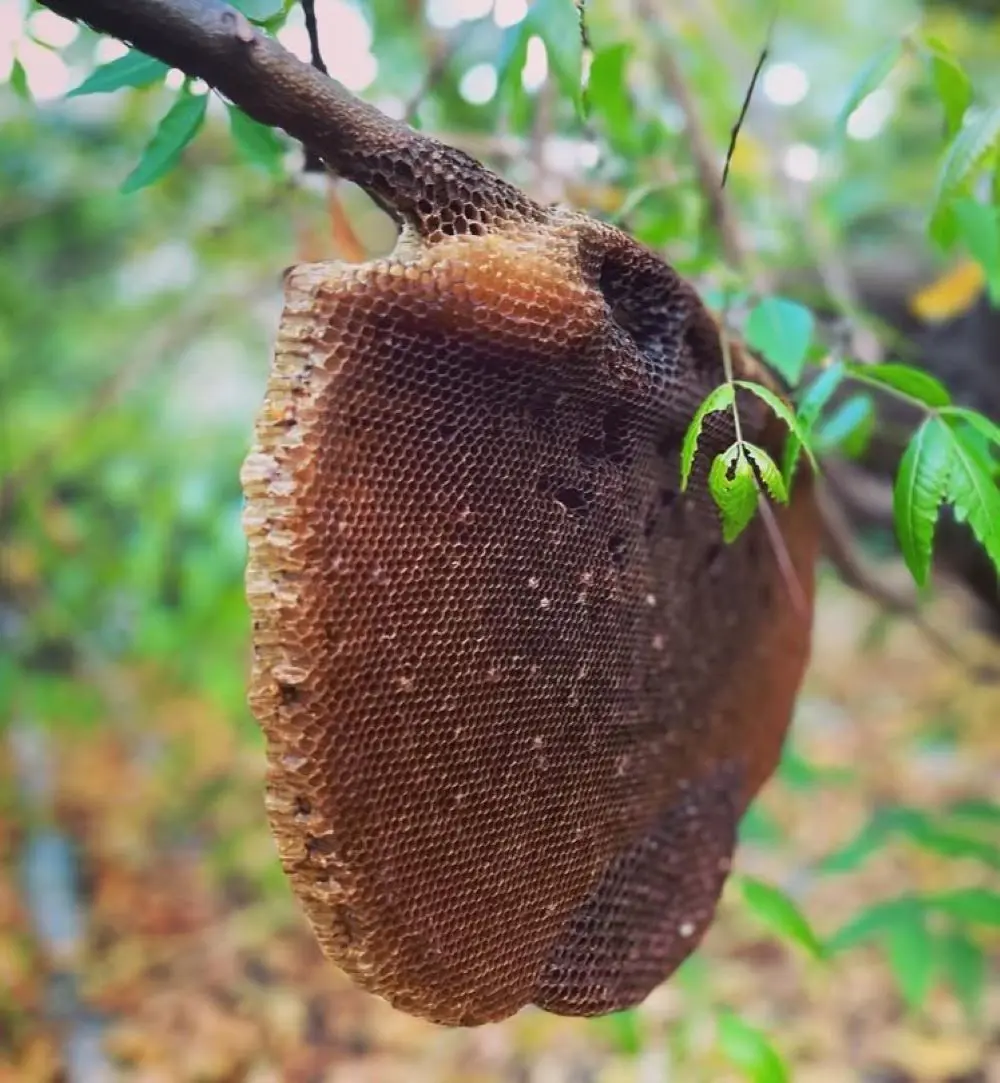1. Maintain Cleanliness

Maintaining cleanliness is one of the most effective ways to control populations of flies in my house or yours. As flies are attracted to food residues, garbage, and organic matter, regularly cleaning your home, particularly in areas like the kitchen and dining spaces, is crucial.
As dirty home provides both a food source and breeding ground for them, ensure that all food scraps, crumbs, and spills are promptly cleaned up, and that dishes are washed and stored away. Countertops, floors, and other surfaces should also be wiped down frequently with a disinfectant.
